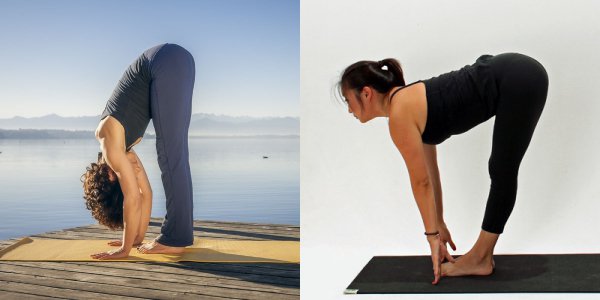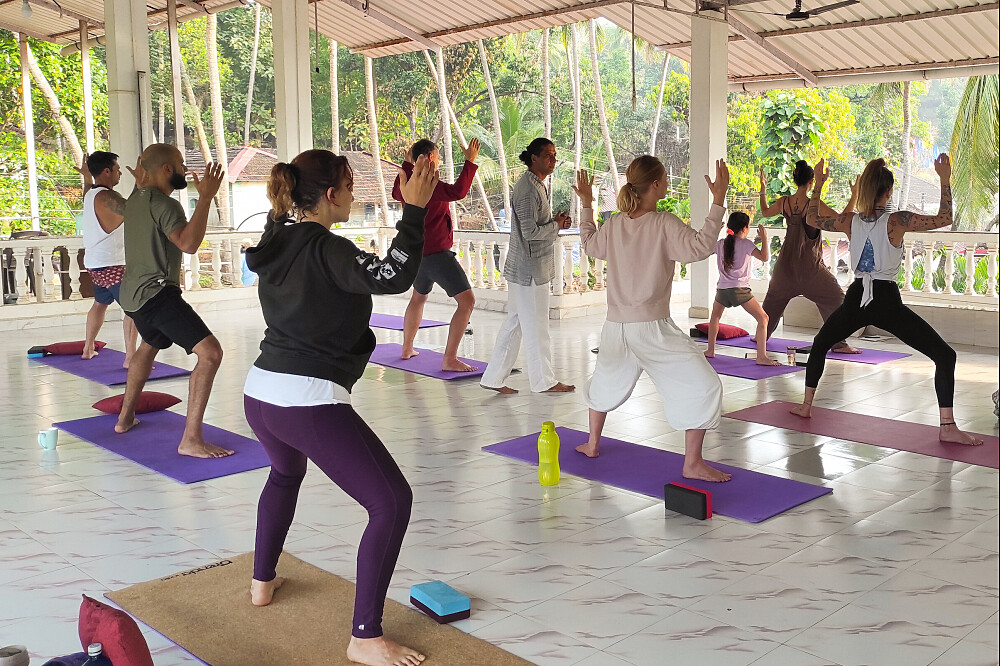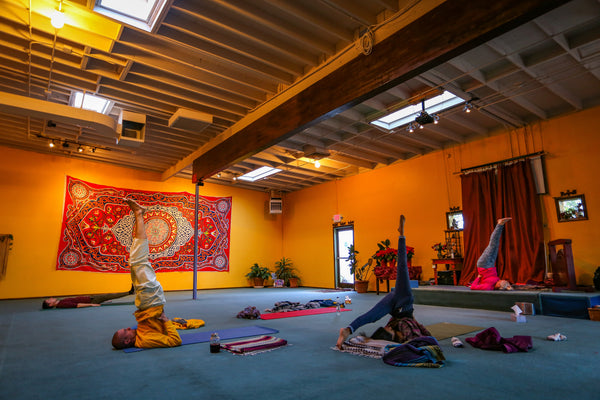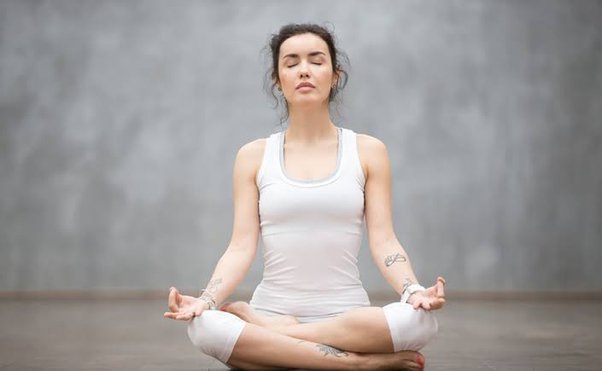The Perfect Vinyasa Flow Routine For Beginners
When you’re just starting to learn about yoga, it can be very confusing to understand all the different practices and paths. It takes study and self-reflection to find the path, or Marga, that calls to the individual.
If you want to get into the habit of yoga, sign-up to our free 30-day yoga challenge by clicking here. You will discover its deeper and more personal meaning as you progress in your routine.
One contemporary path often chosen is a subcategory of Hatha yoga called Vinyasa yoga.
A flow in Vinyasa is like a dance, linking each physical movement with the breath and finding flow in every pose and transition. For a lot of yoga beginners, tight hips and shoulders are often the main complaint or target areas. The flow below is perfect for beginners because it’s a heart opener that also focuses on the hips and shoulders.
Vinyasa Flow for Beginners
1. Mountain Pose → Urdhva Hastasana/Upward Salute

Transition: Slowly inhale the arms up with the palms facing up to scoop all the energy around the body, allow the palms to gently meet above the head, then exhale the hands down to heart center, repeat 5 times (slowing down each round if possible).
2. Urdhva Hastasana/Upward Salute → Half-Moon

Transition: Slowly sway side to side to open up the body, hold each side for a few breaths. When back to center, exhale the arms down to heart center and go into forward fold.
3. Forward Fold → Ardha Uttanasana/Standing Half Forward Bend

Transition: Inhale the hands to the shins, thighs[……]







